In this article, I would like to describe how my amateur radio station is set up at home. Compared to other radio amateurs, I only have a very minimalistic setup 😊
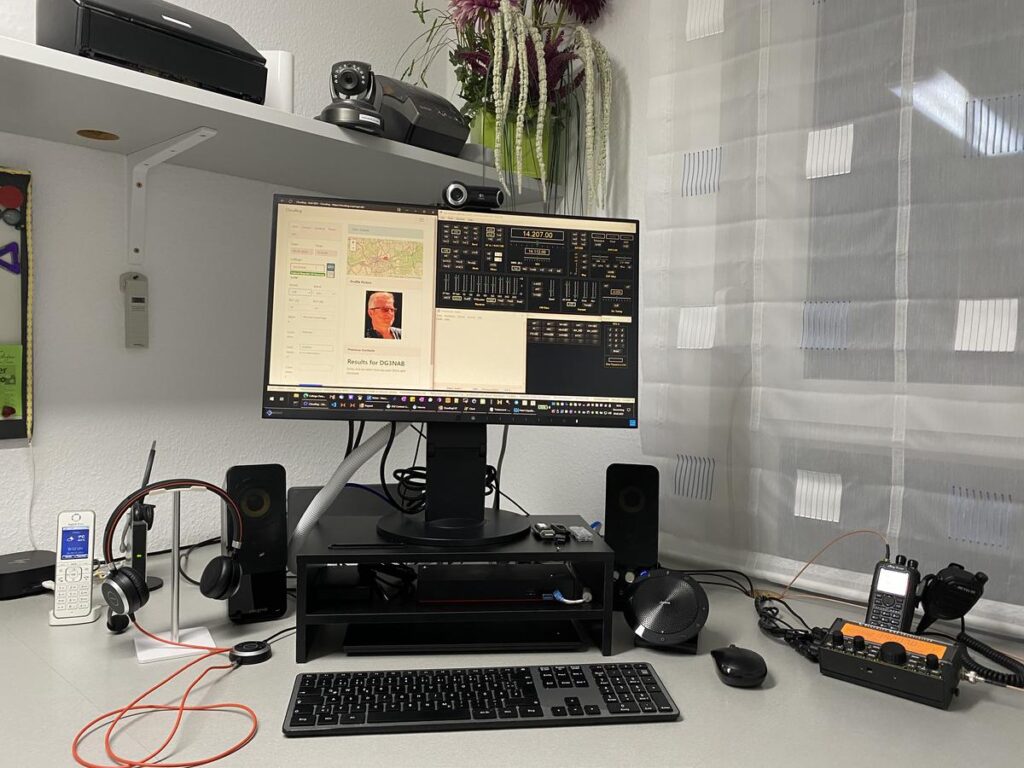

In this article, I would like to describe how my amateur radio station is set up at home. Compared to other radio amateurs, I only have a very minimalistic setup 😊

Der kostenlose GMX-FreePhone-Tarif mit 3GB hört sich ja eigentlich gar nicht so schlecht an. Leider scheint GMX das Angebot immer weiter zu verschlechtern. Zuerst wurde die Datenautomatik von Beginn an eingeschaltet und musste manuell deaktiviert werden (sonst wird nach Verbrauch der 3GB automatisch kostenpflichtig nachgebucht) und jetzt muss man außerdem an mindestens 10 Tagen im Monat die GMX-App öffnen und mindestens die Inbox aktualisieren. Macht man das nicht, werden für diesen Monat dann jeweils 2,99 EUR fällig.
Der 3 GB GMX FreePhone eSIM-Handytarif ist dauerhaft kostenlos, so lange Sie die GMX Mail-App an mindestens 10 Tagen pro Monat aktiv nutzen (aktive Nutzung bedeutet mind. den GMX Mail Posteingang zu aktualisieren). Konkret: In den ersten 12 Monaten beträgt die Grundgebühr immer 0,- €, danach wird eine monatliche Grundgebühr in Höhe von 2,99 € nur in den jeweiligen Vertragsmonaten berechnet, in denen die GMX Mail-App nicht oder an weniger als 10 Tagen aktiv genutzt wurde.
Ich hatte mir den Tarif als Zweit-SIM zugelegt, werde aber aufgrund dieses Geschäftsgebarens den Tari jetzt wieder kündigen. Ich habe keine Lust andauernd nachzuschauen, was für Spezialitäten die sich haben wieder neu einfallen lassen.
Da ich öfters einmal um Rat gefragt werde, wie man am Besten für das Alter vorsorgen kann, gerade im Hinblick auf immer unsichere gesetzliche Rentenzahlungen, liste ich hier einmal einige Links auf, die ich als Einstieg empfehlen kann und die mir in der Vergangenheit sehr viel weitergeholfen haben:
Finanztip
Finanztip-Youtube-Channel
Finanztip Academy
Buch: “Finanzen ganz einfach” von Saidi Sulilatu
Finanzfluss
Finanzfluss-Youtube-Channel
Gerd Kommer: Souverän investieren für Einsteiger: Wie Sie mit ETFs ein Vermögen bilden
Ich kann nur jedem empfehlen, hier mal reinzuschauen. Es ist wirklich nicht schwer, das Thema Finanzen und Geldanlage selbsr anzugehen und es ist auf alle Fälle besser, als sich “professionelle” Hilfe bei seinem Bankberater zu suchen. Weil der ist eigentlich ja auch nur ein Verkäufer und wird Dir natürlich das empfehlen, wo er die beste Provision kassieren kann.
Windows 11 can officially only be installed on computers which meet the Microsoft system requirements. Older PCs often do either not have an officiall supported processor or does not have TPM installed. On these computers the Windows 11 setup program cannot be run.
However there is a method how you can upgrade to Windows 11 also on these computers. Here are the steps how to do this:
(more…)Today I did my first POTA (Parks on the Air) activation. There is a POTA location (DE-0238 Wilhelmsbad State Park) just 4 km away from my home so I gave it a try.
The conditions were not so well today, but I made 21 SSB contacts in 2 hours with one DX contact to Canada. My equipment was my Elecraft KX2 with 10 Watts and a C-Whip monoband vertical antenna (one for 40m, one for 20m) with a mag mount on my car. In addition I used a magentic pad to get a better grounding.
On 40m it was very difficult because there were some QRM with almost S9 on the whole band so I switched soon to 20m.
You can find out more of this location on the official website.
Thank you to all hunters today!
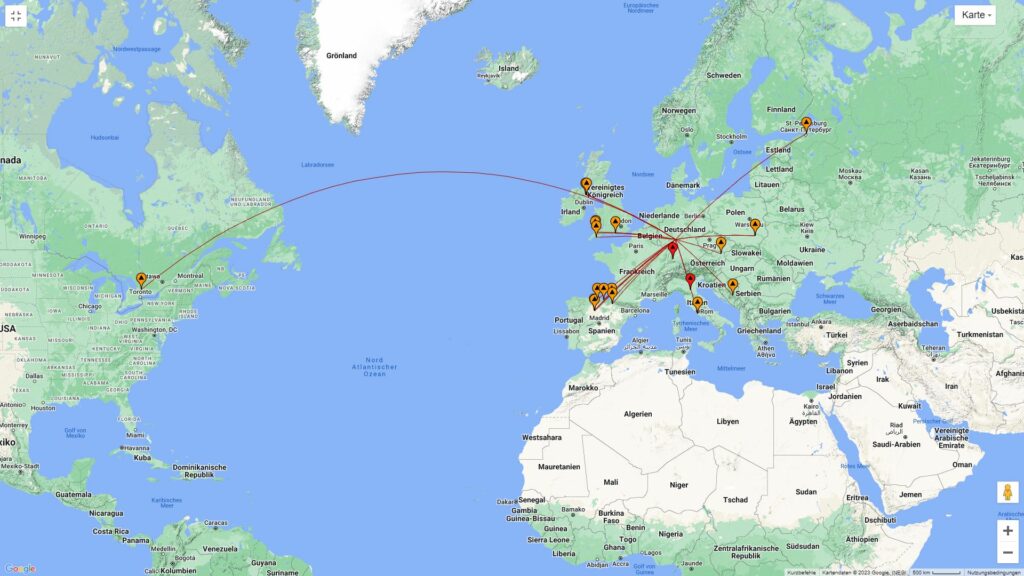
1 Year, 10 Watts and an endfed wire …
I am surprised what you can do with QRP if the band conditions are going up to the sun spot maximum … It is really fun to work only with 10 Watts.

Green spots: SSB
Yellow spots: Digital Modes (FT8,FT4,RTTY,VarAC)

The longest SSB distance was 9205 km with PP1WW in Brazil.
The longest DIGITAL distance was 18322 km with ZL2TNB in New Zealand.
I had the issue that the USB-C ports on my Lenovo ThinkPad X1 Carbon Gen 8 all of a sudden did no longer work. I tried everything like removing the latest driver updates, reinstalling all the Lenovo drivers, did a BIOS reset etc.
Nothing helped.
I then did a battery reset (there is a small hole at the bottom of the ThinkPad which you need to press with a small pin) and voila: Everything worked again …
So if you have a similar issue, try that before sending your ThinkPad back to Lenovo for a mainboard replacement 😉
Yesterday I took part in one of he biggest radio amateur contests “CQ World Wide DX Contest” which runs for 48h. However I did not take part full time :-). There were some times with high electromagnetic storms so the conditions sometimes were not so good.
As one of my neighbours insists that I have to take down my end fed random wire antenna mounted on a 10m fishing pole, I tested a replacement for my antenna during this contest. I set up an end fed half wave antenna (20 m long) mounted as inverted V with the middle of the antenna in a tree (about 6 m over the ground). Now the antenna is completely invisible and hopefully there is no one who can complain now. I need some more experience until I can say if the antenna performs better or worse than before, but the firsts tests this weekend were promising.
Here are my results of the contest:
CQ World Wide DX Contest SSB
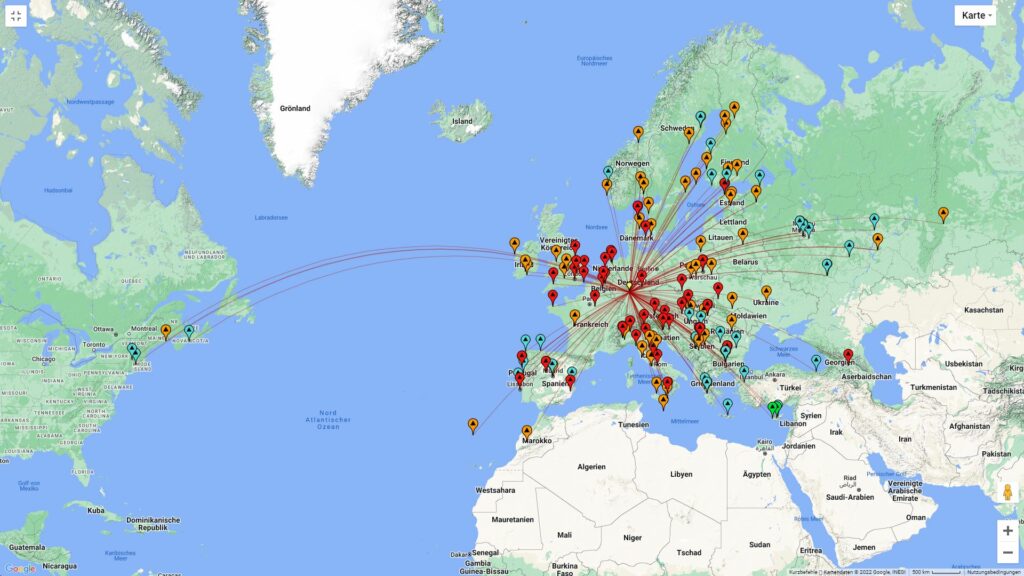
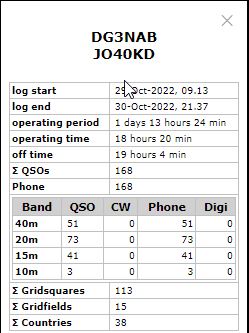

I love to participate in radio amateur contests. I never will have a chance to win such a contest, but it is a great chance for a QRP station because there is much activity on the bands and there are many stations with “big ears” (= big antennas) who will be able to hear you even with low power.
Last weekend there were two contests, the “Worked All Germany Contest” contest in SSB and the “JARTS World Wide RTTY Contest” in RTTY and I took part in both of them.
With “Curacao” I worked a new DXCC country in SSB (over 8000 km) …
Here are my results, all QSOs with 10 Watt output on a 17m random wire antenna as inverted V on a 10m fishing pole (I did not take part full time but only from time to time during that weekend):
“Worked All Germany” SSB Contest
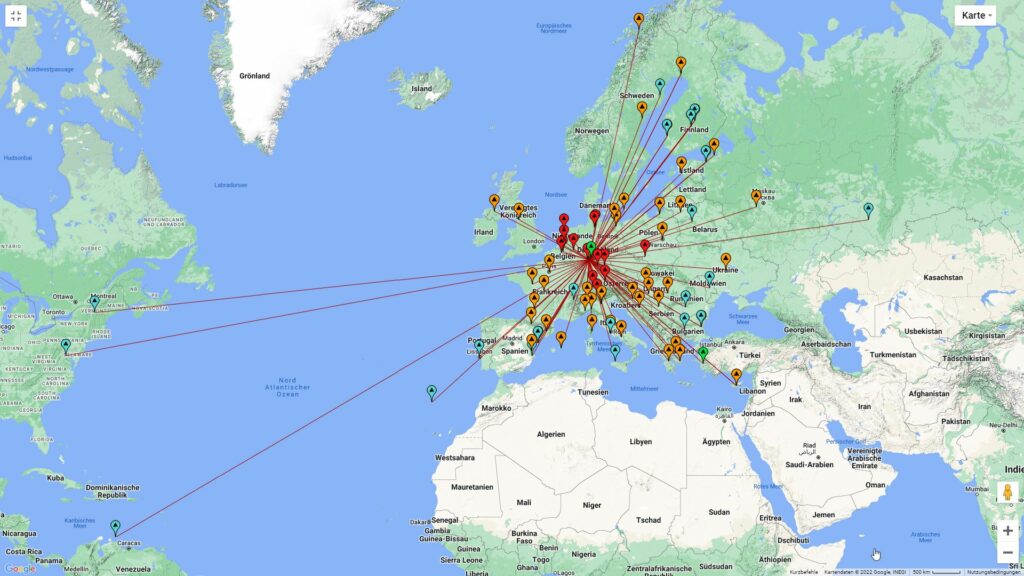
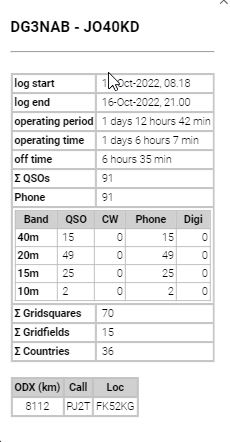
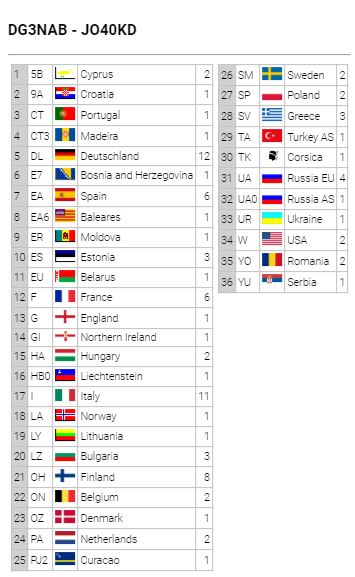
JARTS World Wide RTTY Contest
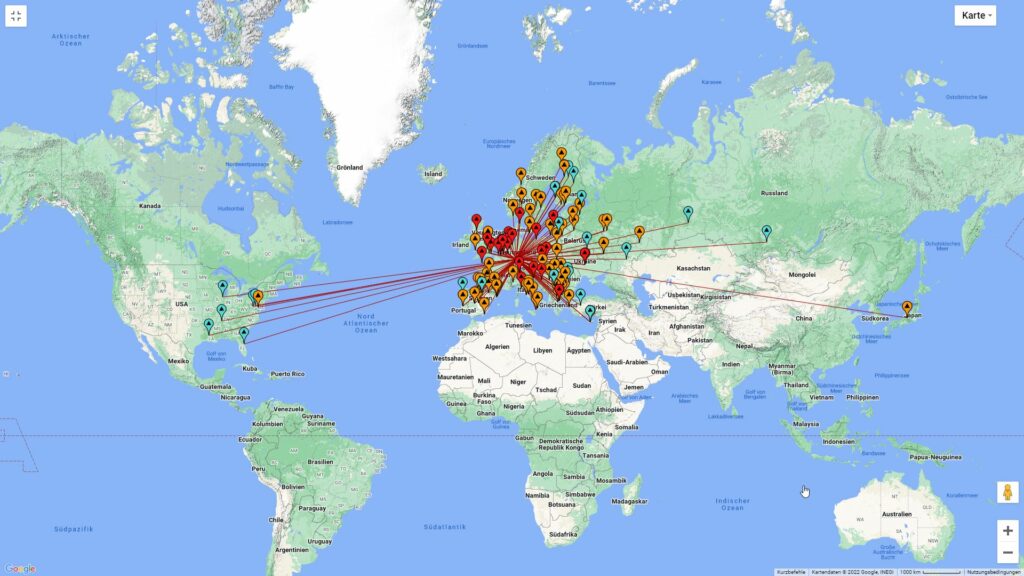
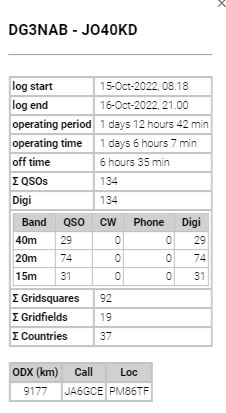

I bought my Elecraft KX2 as a bundle which should have included also an external microphone, the Elecraft MH3. Unfortunately, Elecraft is not able to deliver this microphone for several months now, so I was looking for a replacement.
It seems that there are no real replacement microphones for the MH3 on the market. I found the AlexMic, which can also no longer be delivered and a Heil microphone with an adapter for the KX2 which is offered by Lutz Electronics in Switzerland, but this is really expensive.
By accident, I did find an instruction by Richard (2M0NEG) how to change a Retevis microphone to work together with the KX2. The Retevis microphone itself looks identical to the Elecraft MH3, although I am not sure if it is also technically identical.
However, it is working fine for me. I am only using the PTT button, the up/down buttons are NOT working (I did not try if it can be used somehow, as I do not neeed it).
Here are the links to the
and the
which I used. The wire colors of the microphone have changed compared to Richard’s instructions:
| Mic+ (Tip) | Red |
| Ground (Sleeve) | Black |
| PTT logic ground (Ring 2) | Green |
| PTT (Ring 1) | Pink |
| <unused> | White |
In the Elecraft KX2 configuration I set “MICBIAS” to “ON” and “MIC BIN” to “PTT”.
The total cost was under 30 EUR, which is much cheaper than the original mic or the Heil microphone and it does work pretty well for me.
By the way, in addition to the external microphone, I am also using this Sennheiser headset which does also work very well with the KX2.